Understanding your tile floor's material composition is crucial for effective cleaning and maintenance. Different tiles require unique care, so identify yours to choose suitable cleaners and techniques. Regular vacuuming/sweeping, spot cleaning, deep cleaning (weekly), resealing based on tile type, and using eco-friendly products are best practices. Address grout stains with warm water, baking soda, vinegar (mild) or commercial cleaners (persistent). Sealers protect against stains and damage; reapply as needed. Promptly repair chips, cracks, and water damage using hardware store kits. Follow a multi-step cleaning process with pH-neutral cleaners for optimal results. Revitalize old tiles with specialized cleaners and regular maintenance. For intricate designs or unique materials, consult professionals for expert care.
Discover the secrets to maintaining stunning tile floors with our comprehensive guide on best methods for grout and tile care. From understanding your floor’s unique needs based on material and design, to tackling tough stains and protecting against water damage, this article covers everything you need to keep your tiles looking their best. Learn effective cleaning routines, choose the right products, and explore professional tips for a gleaming, durable surface that can withstand the hustle and bustle of daily life.
Understanding Your Tile Floor: Different Types and Their Care Needs
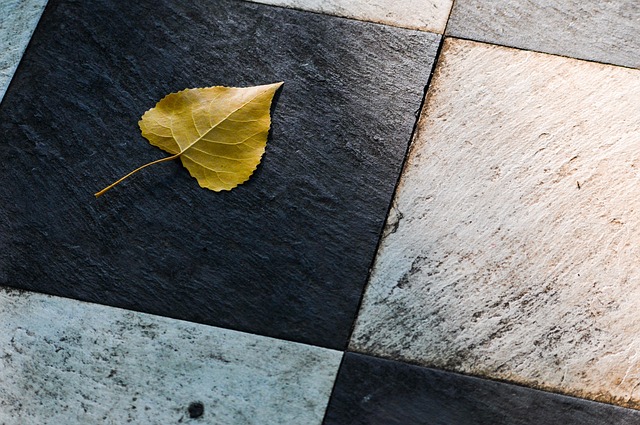
Understanding your tile floor is a crucial first step in implementing the best methods for cleaning and maintaining it. Different types of tiles, from ceramic to porcelain and natural stone, have distinct characteristics and care needs. Ceramic tiles, for instance, are porous and require regular sealing to prevent water damage and staining. Porcelain tiles, on the other hand, are less porous and easier to maintain due to their smooth surface. Natural stones like marble and granite need special attention as they can be prone to etching and discoloration if not properly cared for.
Knowing the material composition of your tile floor is essential in selecting the right cleaning products and techniques. Some tiles may require non-abrasive cleaners while others can handle stronger solutions. Additionally, understanding the grout lines between tiles is vital because grout also needs regular cleaning and sealing to prevent mold, mildew, and bacteria growth. The best methods for cleaning tile floors involve a combination of regular vacuuming or sweeping, spot cleaning with appropriate products, deep cleaning every few months, and resealing as needed based on your tile type.
Regular Cleaning Routine: Preventing Dirt and Stain Buildup
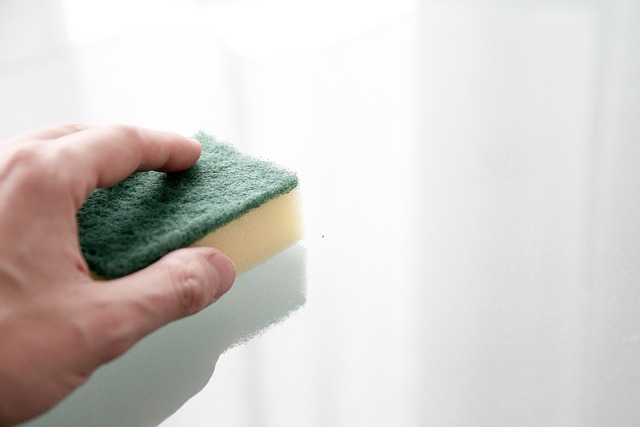
Maintaining a regular cleaning routine is one of the best methods for grout and tile care, ensuring your floors remain in pristine condition. Daily sweeping or vacuuming is essential to prevent dirt and debris from settling into the pores of your tiles and grouting. This simple step significantly reduces the risk of staining and discolouration over time.
Focus on deep cleaning at least once a week using a mild detergent and warm water. This involves scrubbing away any accumulated grime with a soft-bristled brush or mop, followed by thorough rinsing. Regular cleaning not only keeps your tiles looking fresh but also helps to prolong the life of your grout, which can be prone to discolouration and damage if left unattended.
Choosing the Right Cleaning Products: Safe and Effective Solutions
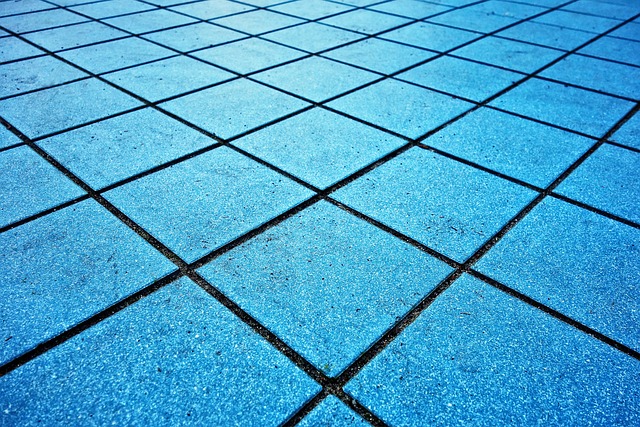
When it comes to choosing the right cleaning products for your grout and tile care routine, safety and effectiveness should be your top priorities. Opting for eco-friendly, non-toxic solutions is not only better for the environment but also ensures that your family and pets are protected from harmful chemicals. Look for products labeled as “safe for ceramic and porcelain tiles” and free of harsh abrasives that could scratch or damage delicate tile surfaces.
The best methods for cleaning tile floors involve using mild, pH-neutral cleaners like those based on natural enzymes or plant extracts. These solutions effectively break down dirt and grime without leaving behind harsh residues. Additionally, invest in a good quality grout brush with fine bristles to reach deep into the grout lines, eliminating stubborn stains and buildup. Regularly sweeping and mopping with warm water and a mild detergent is often all it takes to maintain a clean and gleaming tile floor.
Effective Grout Cleaning Techniques: Removing Tough Stains and Discoloration

When it comes to effective grout cleaning, tackling tough stains and discoloration requires a strategic approach. Start by identifying the type of stain—whether from mold, mildew, hard water deposits, or everyday spills—as this will dictate your chosen method. For mild to moderate stains, a mixture of warm water, baking soda, and vinegar can be effective; scrubbing with a soft-bristled brush helps lift away grime.
For more persistent stains, consider using commercial grout cleaners or creating a paste from hydrogen peroxide and baking soda. Apply the solution directly to the affected areas, let it sit for several minutes, then scrub thoroughly before rinsing with warm water. Regular cleaning and sealing of grout will prevent future staining, ensuring your tile floors remain vibrant and in top condition.
Tile Sealers: Protecting Your Investment and Enhancing Durability
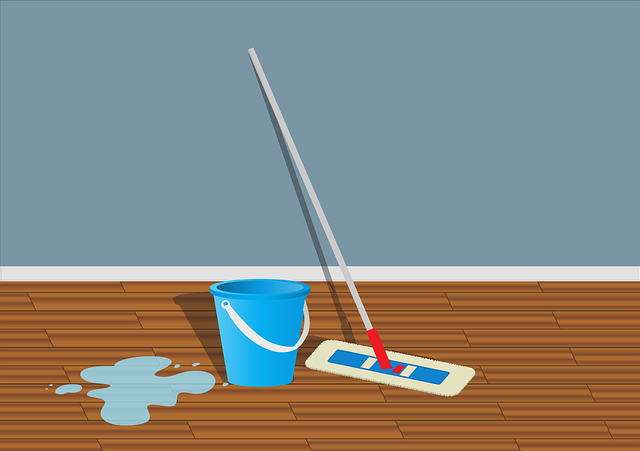
Tile sealers play a crucial role in maintaining the integrity and aesthetics of your tiled floors, making them an indispensable component of the best methods for cleaning tile floors. These protective coatings create a barrier between your tiles and potential stains, moisture, and dirt, ensuring that even after regular foot traffic and exposure to various substances, your tiles remain vibrant and free from damage.
Applying a quality tile sealer is a proactive step in prolonging the lifespan of your tiled surfaces. It enhances durability by repelling water and oil-based stains, making cleaning easier and less frequent. When choosing a sealer, opt for products specifically designed for floor tiles, considering factors like coverage, ease of application, and whether it’s suitable for high-traffic areas. Regularly reapply sealers according to the manufacturer’s instructions to maintain optimal protection.
Dealing with Common Tile Floor Issues: Chips, Cracks, and Water Damage
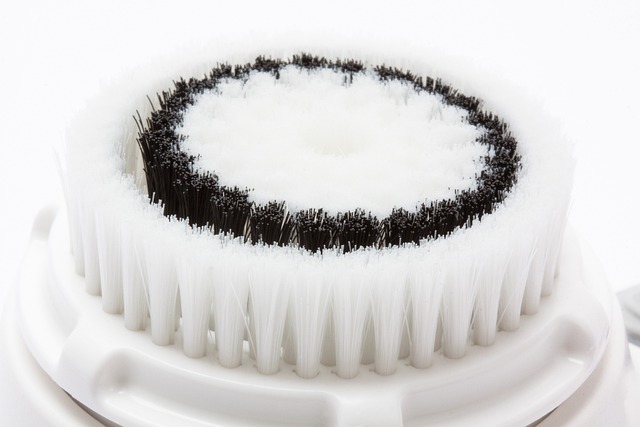
Tile floors are a popular choice for many homeowners due to their durability and low maintenance requirements. However, even with proper care, they can still face issues over time, such as chips, cracks, or water damage. Addressing these problems promptly is crucial to maintaining the aesthetics and longevity of your tile floors.
When it comes to dealing with chips and cracks, the best methods involve using specialized grout and tile repair kits available at hardware stores. These kits include adhesives and color matches to fill in small gaps and cracks, as well as replace missing pieces. For water damage, quick action is key. Absorb excess moisture with towels or a mop, then use a reliable floor drying system to prevent mold and mildew growth. Regular cleaning with the best methods for cleaning tile floors, such as using pH-neutral cleaners and avoiding abrasive materials, can also help maintain the integrity of your tiles and grout.
Deep Cleaning and Maintenance: Refreshing Your Tile Floors
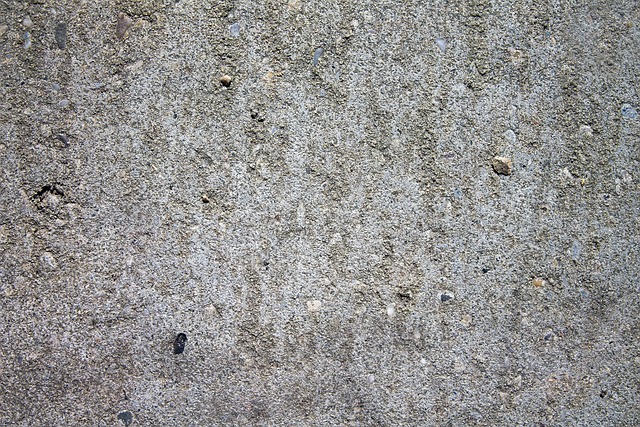
Deep cleaning and maintenance are essential components of best methods for cleaning tile floors. Regularly scheduled deep cleans help to remove built-up grime, bacteria, and stains that can damage your tiles and grout over time. Using the right tools and products is crucial; opt for pH-neutral cleaners to avoid etching or damaging the tile finish. A soft-bristled brush, warm water, and a mild detergent are often all you need for effective cleaning.
To refresh your tile floors, start by vacuuming or sweeping to remove loose dirt and debris. Then, apply your chosen cleaner and scrub thoroughly, paying special attention to high-traffic areas and any visible stains. Rinse well with clean water, ensuring no residue is left behind. Regular deep cleans, combined with spot treatments for stubborn marks, will keep your tile floors looking vibrant and new, enhancing the overall aesthetic of your space.
Restoring Old Tiles: Revitalizing Your Tattered Tapestry
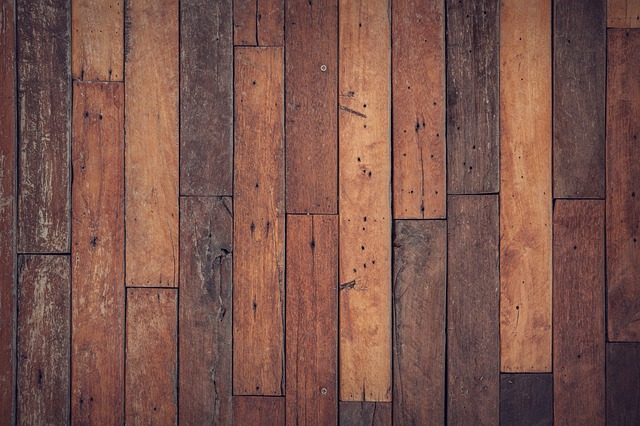
Revitalizing old tiles is an art that, when mastered, can transform your space into a stunning symphony of gleaming surfaces and intricate patterns. It involves more than just cleaning; it’s about restoring the original allure that might have faded over time due to everyday wear and tear or stubborn stains. The first step in this process is identifying the type of tile and grout you have, as different materials require unique care approaches.
For best results with your cleaning endeavors, consider using specialized tile cleaners that are designed to penetrate and lift dirt without damaging delicate finishes or etch surfaces. Additionally, steam mopping can be a game-changer for deep cleaning, especially in areas with high foot traffic. Remember, regular maintenance is key; scheduled cleaning sessions will ensure your tiles stay in pristine condition, preserving their beauty and longevity.
Tips for Professional Tile Care: When to Hire Experts
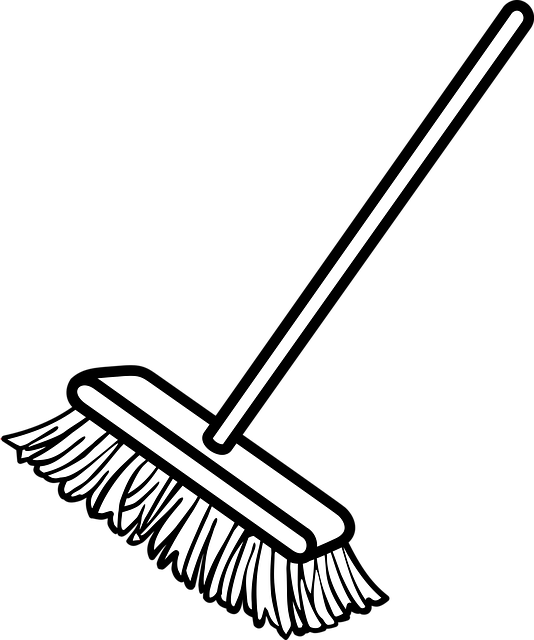
Maintaining professional-looking tile floors requires a deep understanding of when to seek expert help. While regular cleaning and maintenance tasks, such as vacuuming and mopping, can be handled by homeowners, more extensive or specialized services should be left to the pros.
For instance, if you have intricate tile designs, natural stone, or unique flooring materials, it’s best to consult a professional. Experts in tile care possess the specialized tools and knowledge needed for these specific jobs, ensuring your floors are cleaned thoroughly and without causing damage. They can also offer advice on sealing, polishing, or repairing tiles, extending their lifespan and maintaining their aesthetic appeal.
